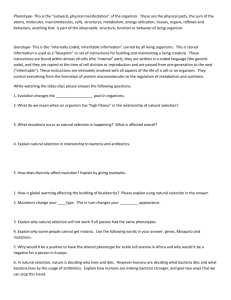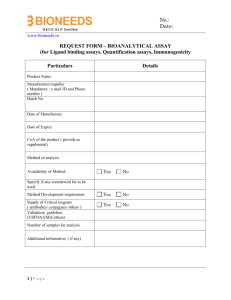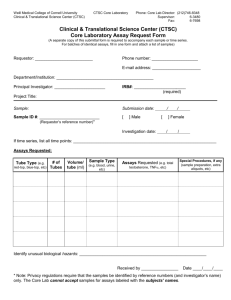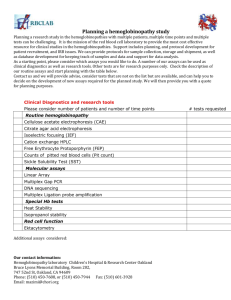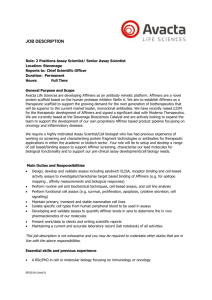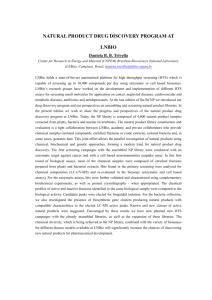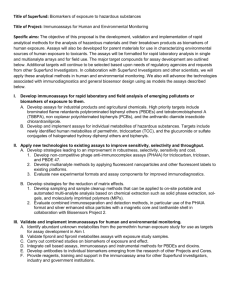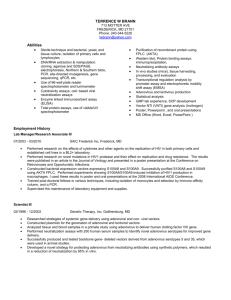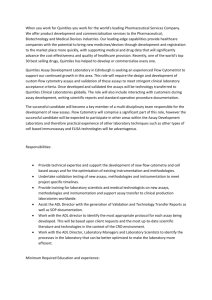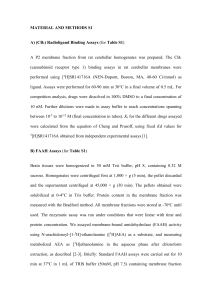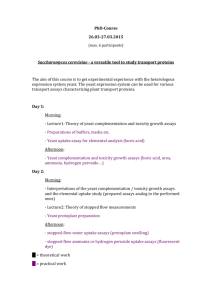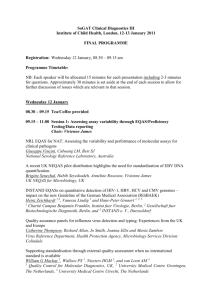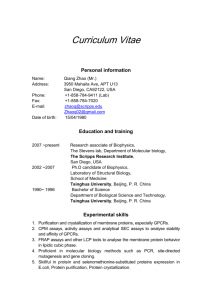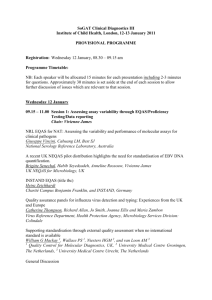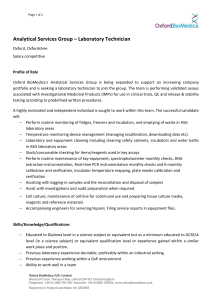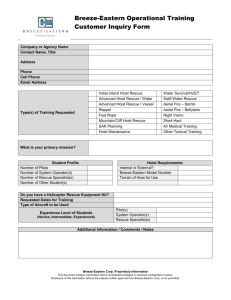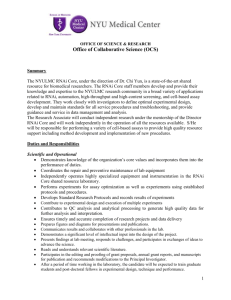Unpublished technical version
advertisement
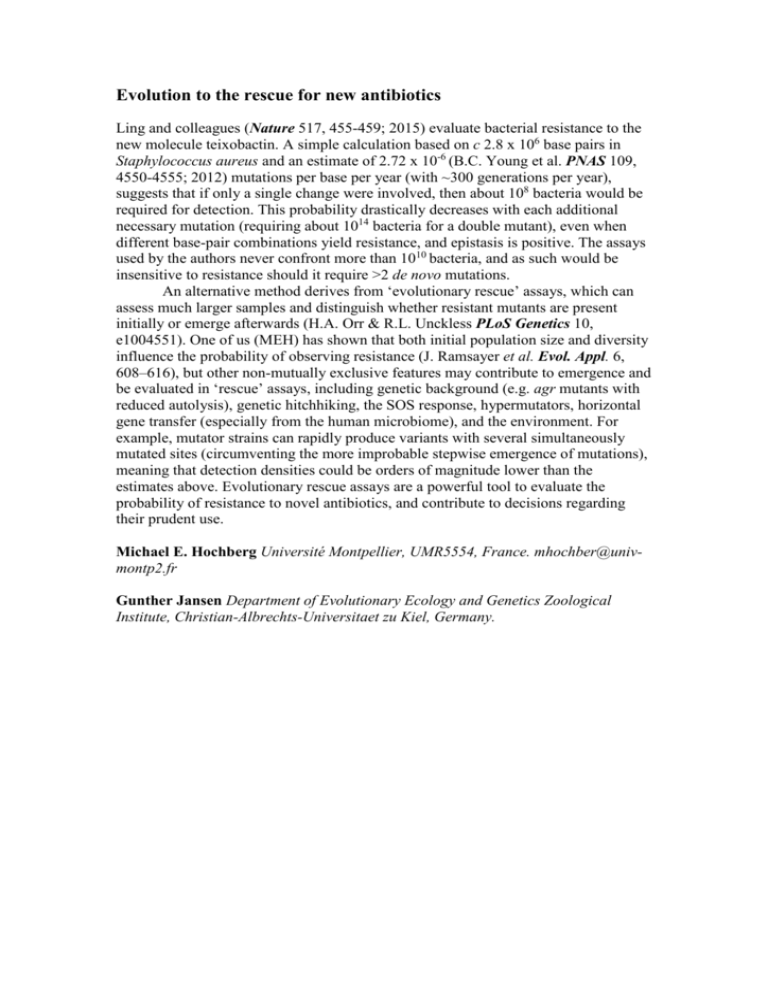
Evolution to the rescue for new antibiotics Ling and colleagues (Nature 517, 455-459; 2015) evaluate bacterial resistance to the new molecule teixobactin. A simple calculation based on c 2.8 x 106 base pairs in Staphylococcus aureus and an estimate of 2.72 x 10-6 (B.C. Young et al. PNAS 109, 4550-4555; 2012) mutations per base per year (with ~300 generations per year), suggests that if only a single change were involved, then about 108 bacteria would be required for detection. This probability drastically decreases with each additional necessary mutation (requiring about 1014 bacteria for a double mutant), even when different base-pair combinations yield resistance, and epistasis is positive. The assays used by the authors never confront more than 1010 bacteria, and as such would be insensitive to resistance should it require >2 de novo mutations. An alternative method derives from ‘evolutionary rescue’ assays, which can assess much larger samples and distinguish whether resistant mutants are present initially or emerge afterwards (H.A. Orr & R.L. Unckless PLoS Genetics 10, e1004551). One of us (MEH) has shown that both initial population size and diversity influence the probability of observing resistance (J. Ramsayer et al. Evol. Appl. 6, 608–616), but other non-mutually exclusive features may contribute to emergence and be evaluated in ‘rescue’ assays, including genetic background (e.g. agr mutants with reduced autolysis), genetic hitchhiking, the SOS response, hypermutators, horizontal gene transfer (especially from the human microbiome), and the environment. For example, mutator strains can rapidly produce variants with several simultaneously mutated sites (circumventing the more improbable stepwise emergence of mutations), meaning that detection densities could be orders of magnitude lower than the estimates above. Evolutionary rescue assays are a powerful tool to evaluate the probability of resistance to novel antibiotics, and contribute to decisions regarding their prudent use. Michael E. Hochberg Université Montpellier, UMR5554, France. mhochber@univmontp2.fr Gunther Jansen Department of Evolutionary Ecology and Genetics Zoological Institute, Christian-Albrechts-Universitaet zu Kiel, Germany.

